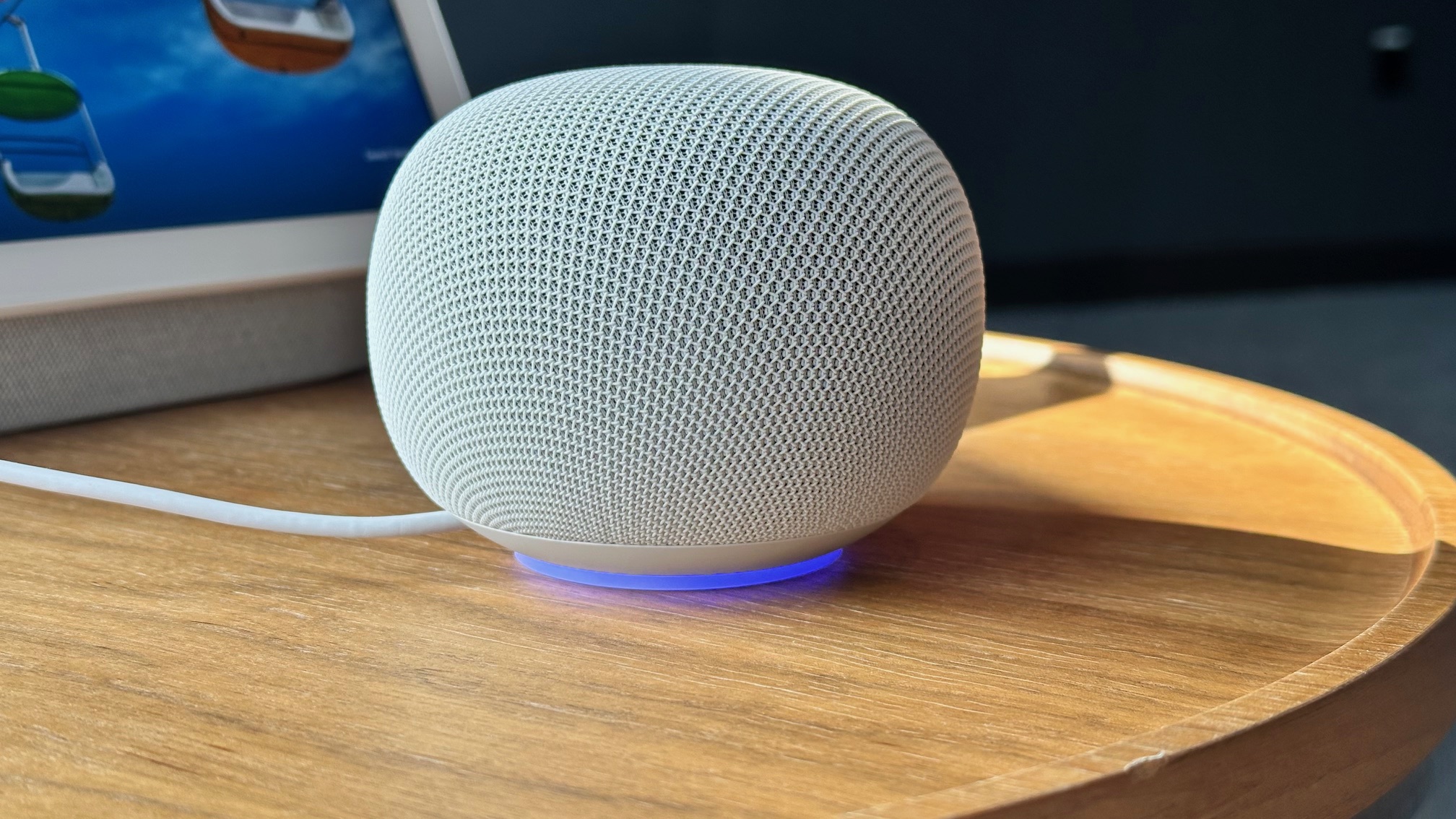PlayStation 4, Xbox One and the Lifetime of a Game Console
As the PlayStation 4 and Xbox One replace the PS3 and Xbox 360, what can we learn from the previous generation of gaming consoles?

Eight years after the Xbox 360 first hit shelves, and seven years after the PlayStation 3 premiered, both consoles' successors are making their long-anticipated debut on the gaming scene.
With their connected features, emphasis on social sharing, apps and television access, the Xbox One and PlayStation 4 are significant departures from previous consoles. Nevertheless, a look back might help show how today's new consoles came about and how they might also develop in the future.
MORE: Sony PS4 Review
For example, the indie gaming scene changed profoundly during the life cycles of the Xbox 360 and PlayStation 3. The concept of "mainstream indies" may seem oxymoronic, but the Xbox 360 enabled just that. The 2008 game "Braid," published on Xbox Live Arcade, introduced a whole new generation of players to the concept of indie games, and kicked off a renewed support for small studio developers and the quirky, left-of-center experiences they could produce.
Since 2008, the Xbox 360 has lost its early lead on mainstream indies. Today, the best place to find indie games is on the PC, particularly on the Steam gaming platform by Valve, but that doesn't mean that indies can't still find life on consoles.
In 2013, Sony began promoting the PlayStation 4 as a supporter of indie games, with great success. Both consoles have launched with small-studio titles, but the PlayStation 4's wider selection, as well as Sony's more vocal support of indie titles, pleased audiences that have come to expect games like 2011's "Bastion" and "Journey" on their consoles.
From game console to entertainment hubs
The Xbox One has also caught some criticism for its emphasis on television and apps, which some critics and consumers see as the Xbox moving away from its roots as a gaming console. But the Xbox has been expanding its nongaming content for years now. The Xbox 360 was the first gaming console to offer Netflix, starting in 2008. In 2011, Microsoft changed its interface to the Metro design used in the Windows operating system, and expanded its nongaming capabilities. Both are signs that Microsoft doesn't see the Xbox as just a game console, but rather as a device that can access the full range of Microsoft's features.
Get instant access to breaking news, the hottest reviews, great deals and helpful tips.
MORE: Xbox One Launch Titles: The Full List
Meanwhile, the PlayStation platform has been focusing for years on getting both exclusive triple-A titles (games developed by large studios with huge budgets) and supporting indie development. The PlayStation 3 only added nongaming features like streaming television after Xbox did, though by the end of the consoles' life cycles, the two consoles were relatively even in terms of nongaming features.

It's likely the Xbox One and the PlayStation 4 will be around for a while, at least the seven to eight years of its predecessors. But the Xbox 360 and PlayStation 3 aren't going away quite yet, and their legacy will continue to shape the decisions Microsoft and Sony make with their new consoles, as well as the way gamers receive them.
Email jscharr@techmedianetwork.com or follow her @JillScharr and Google+. Follow us @TomsGuide, on Facebook and on Google+.
Jill Scharr is a creative writer and narrative designer in the videogame industry. She's currently Project Lead Writer at the games studio Harebrained Schemes, and has also worked at Bungie. Prior to that she worked as a Staff Writer for Tom's Guide, covering video games, online security, 3D printing and tech innovation among many subjects.
-
bpislife What about the PS3 Yellow Light of Death that forced Sony to offer the slim for $99 to any owner experiencing the YLOD and has the original 20GB and 60GB system?Reply -
drwho1 My PS3 died yesterday, a 60GB (i had just switched to a 320GB drive about 2 weeks ago)Reply
its now dead. :(
So instead of flashy ads about the new consoles I rather see a longer warranty on Sony that can fix my unit for FREE no matter the cause. (other than someone breaking the console on purpose)
In my case I only play a few times a month, and on my chat with a Sony rep, I ask him that I wanted to talk with Customer Service, he said: I'm Customer Service to which I replied: You are NOT Customer Service, You are just a SALES REP. trying to SELL me either a 99 dollar inferior console (SLIM vs FAT) or a fix for 150 dollars.
Why should I pay for something that is a well known hardware error?
Its not my fault.
I'm trying to get it fix locally for a lot less money.
But SONY should step up and SERVICE its customers.
Bottom line any plans on getting a new PS4 have been postpone to maybe never. -
soldier44 The so called next gen is already outdated when compared to current gaming PCs, BF4 can't even be played at 1080p on either console which is pathetic in my book. But hey if your 12 this doesn't matter :(.Reply -
dimar They can release the next next generation consoles in just few years or less, using a newer APU, and the older games will still be compatible. Even better, MS and Sony should let APU be upgradable!Reply -
gunther27 just before I saw the bank draft saying $6421, I have faith ...that...my best friend was like actualie bringing home money part time from there labtop.. there best friend had bean doing this for under eight months and a short time ago repaid the mortgage on there house and purchased a new Toyota. Get the facts....... www.Buzz16.comReply -
belardo Your PS3 is long out of warranty. Unless you paid for an extended warranty, no - they don't need to fix you console for free. Everyone would be out of business if they did that.Reply -
robochump Funny thing is that 360 and PS3 games didnt become very good until the consoles reached maturity. Sadly it takes time for game devs to take full advantage of console hardware. I hope this time around the process is much faster! Truly depends on how easy M$ and $ony make it for dev'ing games on their platforms. PS3 was a nightmare at first and Sony should've learned from that.Reply
